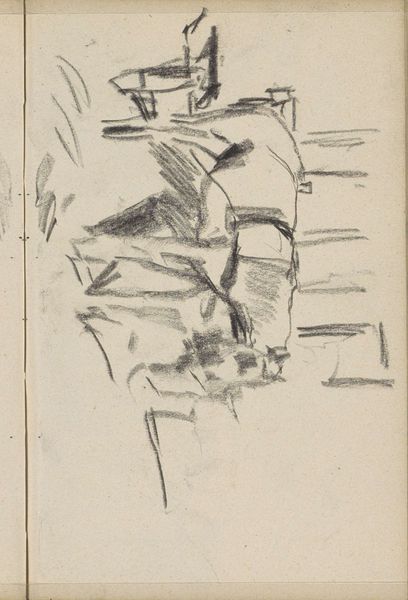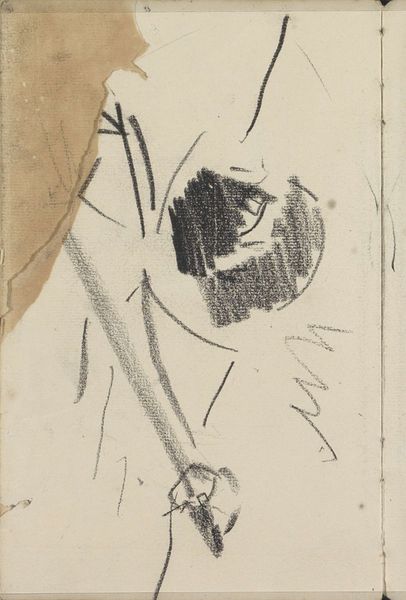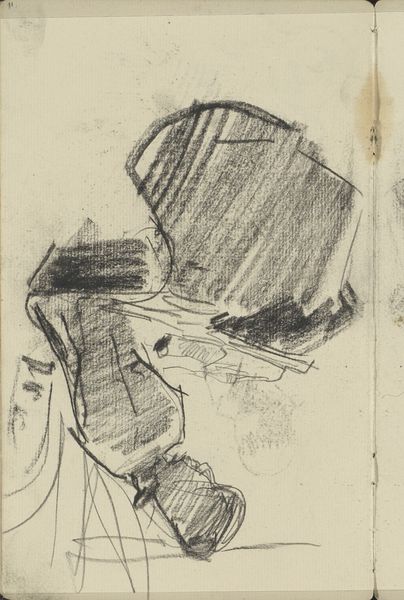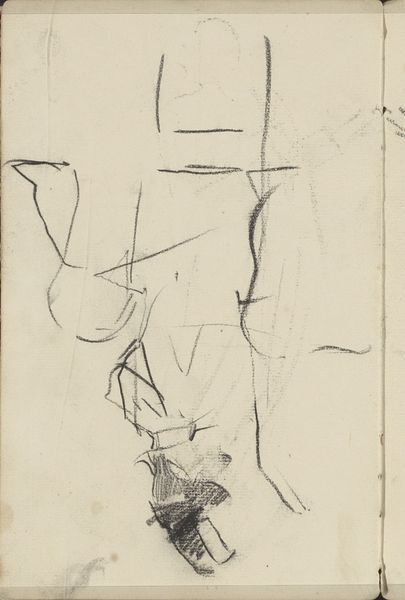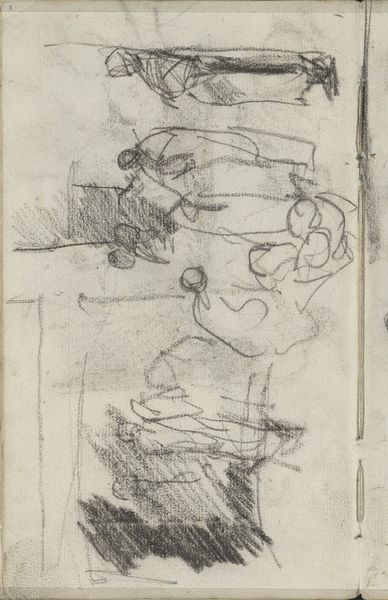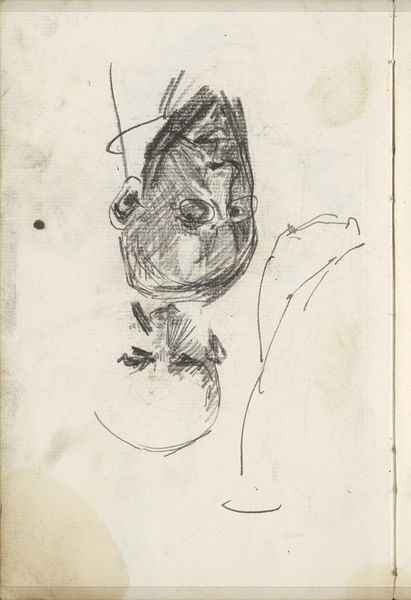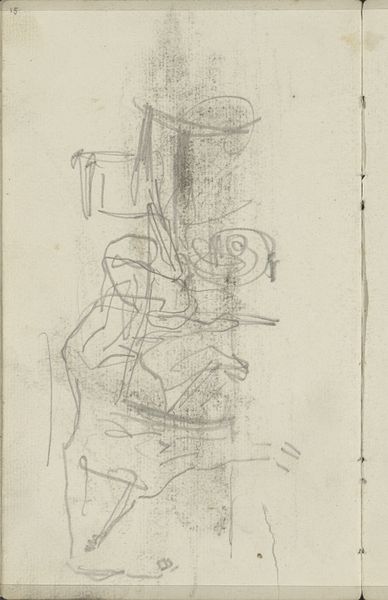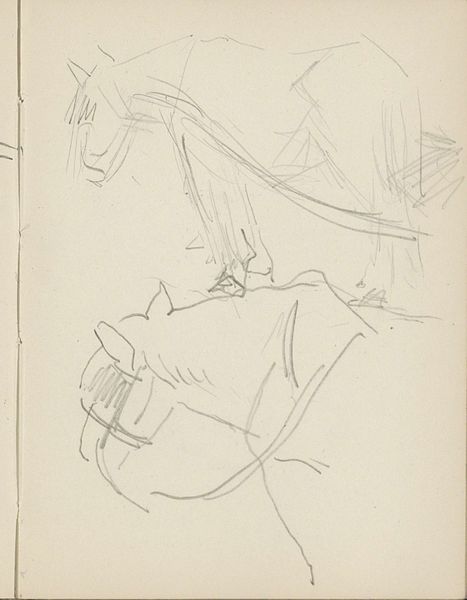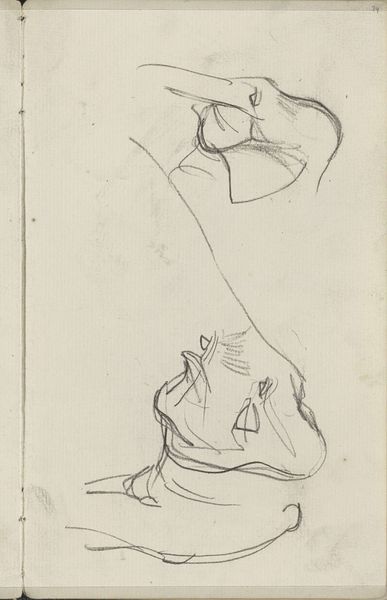
drawing, pencil
#
portrait
#
drawing
#
impressionism
#
pencil sketch
#
figuration
#
pencil
Copyright: Rijks Museum: Open Domain
Editor: Here we have George Hendrik Breitner's "Study, possibly of a seated woman," created between 1884 and 1886 using pencil on paper. It strikes me as very... provisional. More of a fleeting impression than a formal portrait. What catches your eye? Curator: I am interested in the social and cultural context around its reception and display. This wasn't made for a salon, was it? Breitner captured raw, urban life. How would the emerging museums and galleries handle sketches like these in late 19th century Amsterdam, where Breitner lived? Were they considered 'finished' works worthy of display, or seen as preparatory studies providing a behind-the-scenes view into artistic creation? Editor: That's fascinating. I guess I hadn't really considered that a sketch might have a different value depending on where it was shown. I'd just assumed that all art goes to a museum nowadays! So, you're saying its perceived "unfinished" quality actually shapes our understanding of it, based on what kind of institutions show it? Curator: Precisely! Did these informal drawings influence, in turn, artistic education? How were artists trained, and did the academy incorporate this impressionistic mode of quick observation into its teaching? Who controlled the dissemination, valuation and study of works like this? What statements are we making when displaying an “unfinished” work by someone like Breitner today? Are we valorizing artistic freedom? The power of the sketch? Editor: Wow, okay, you've given me a lot to think about! I never considered all the social implications just by looking at a drawing. Now, the role institutions play is clear, which influences the public’s and my appreciation for art. Curator: Glad I could broaden your perception. Always remember: art exists within—and actively shapes—a social and political landscape. This landscape, in turn, validates its worth and relevance.
Comments
No comments
Be the first to comment and join the conversation on the ultimate creative platform.
